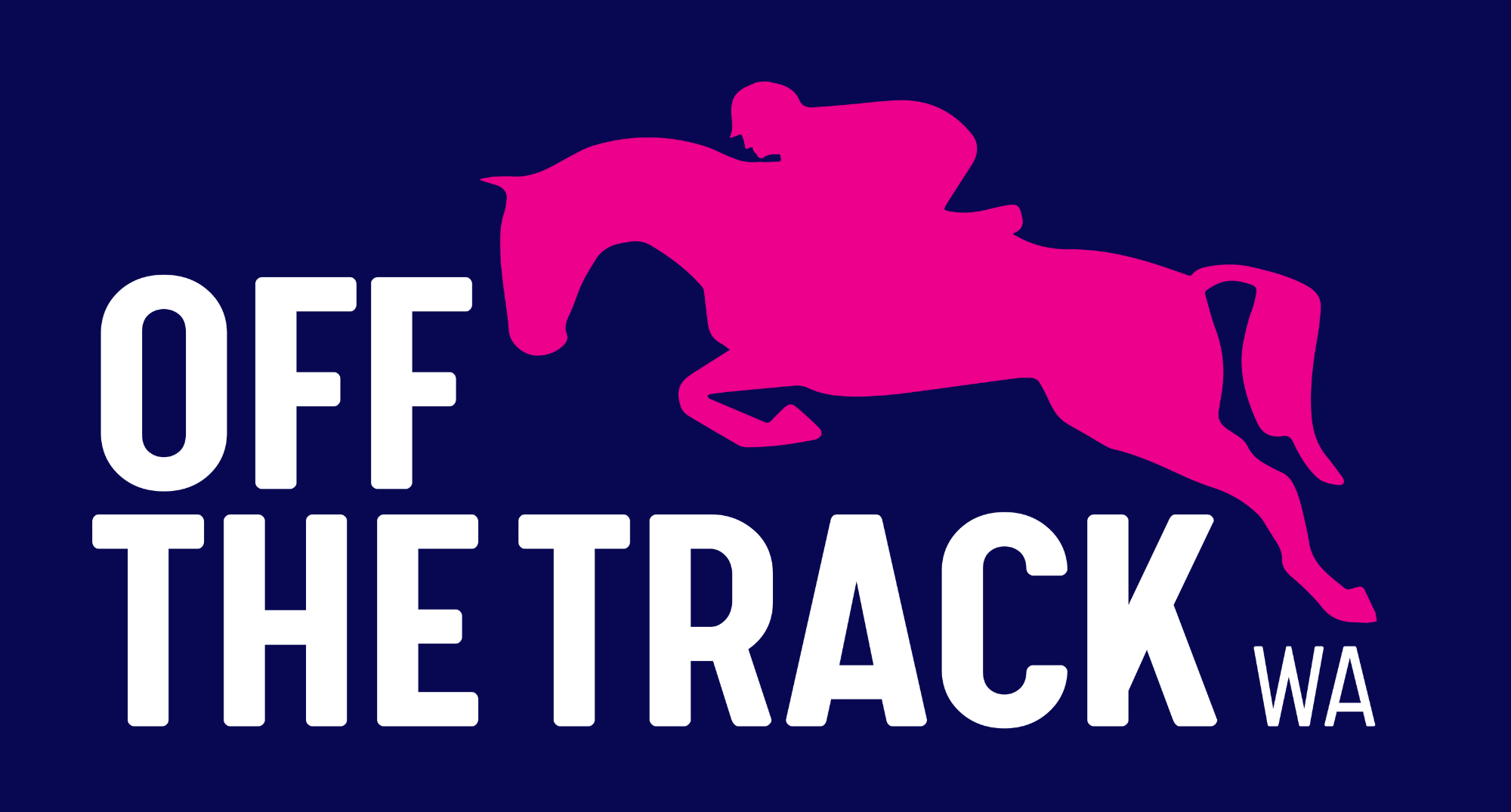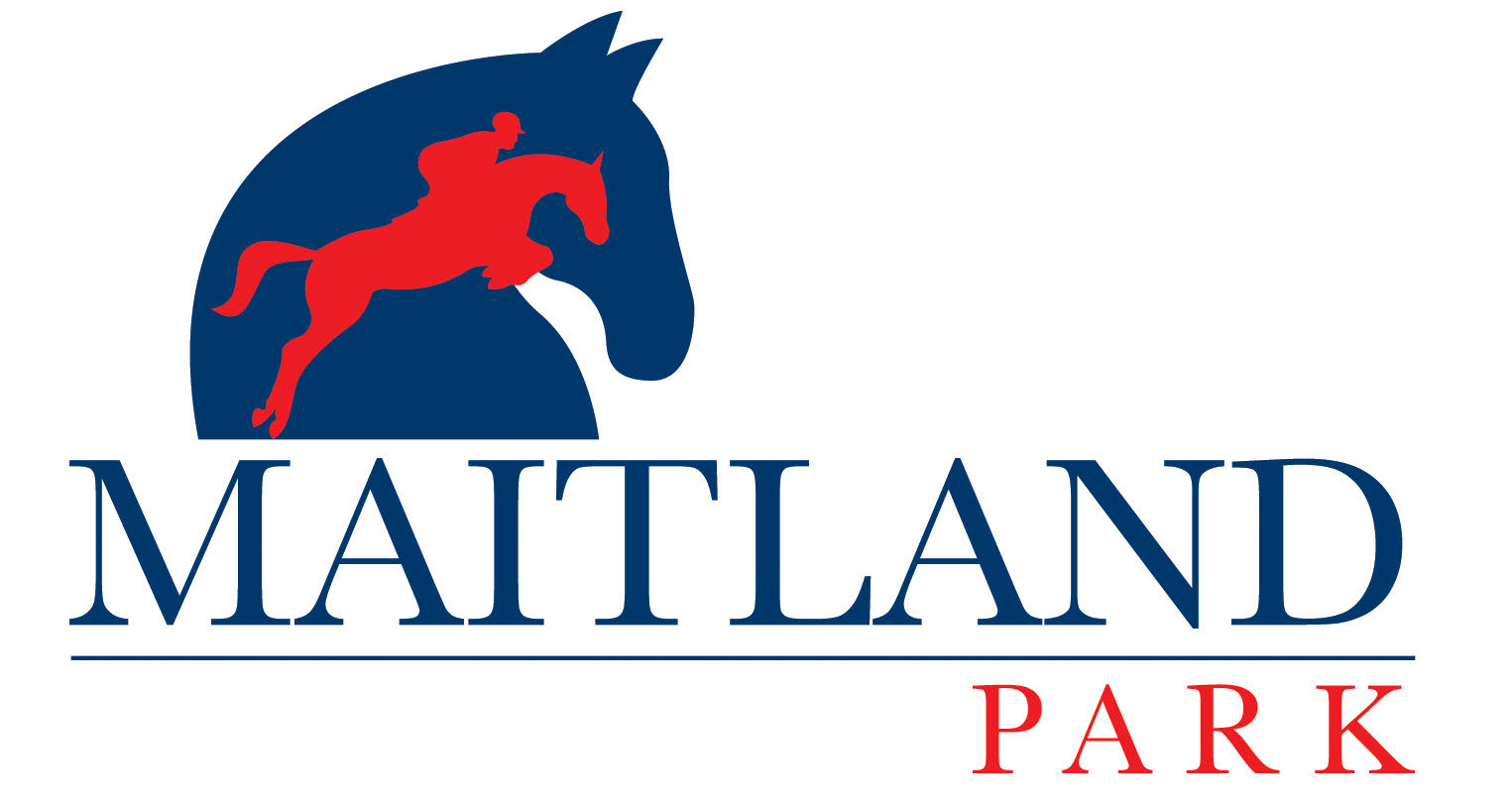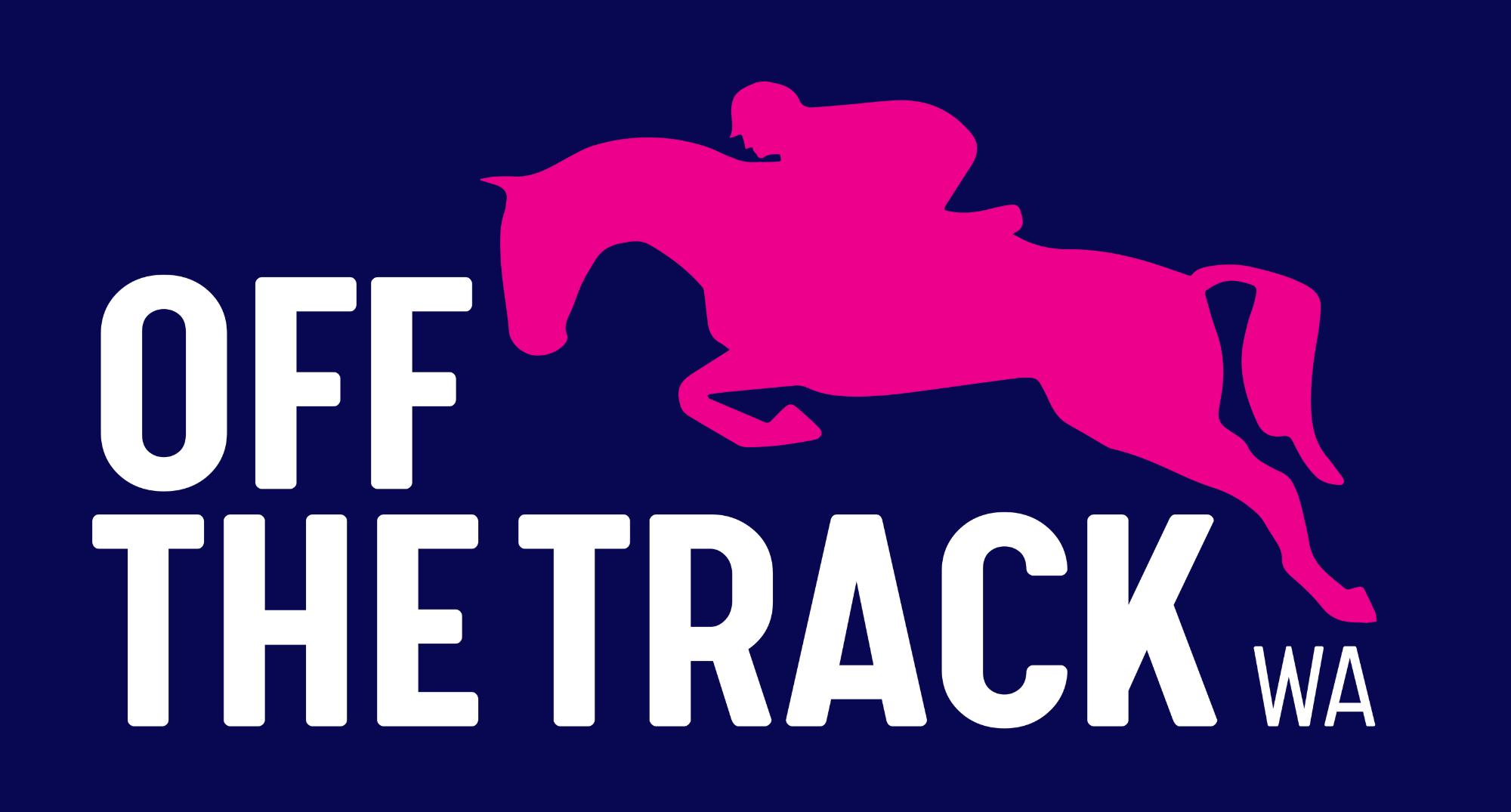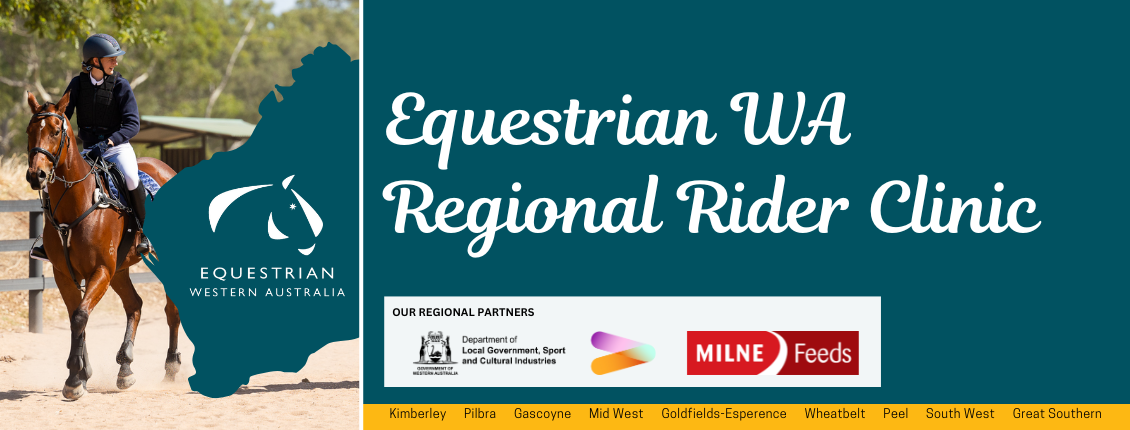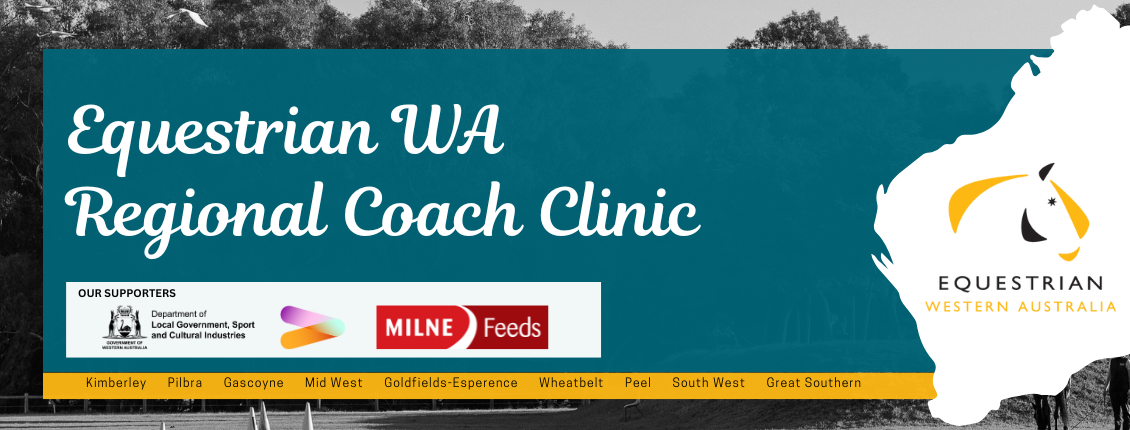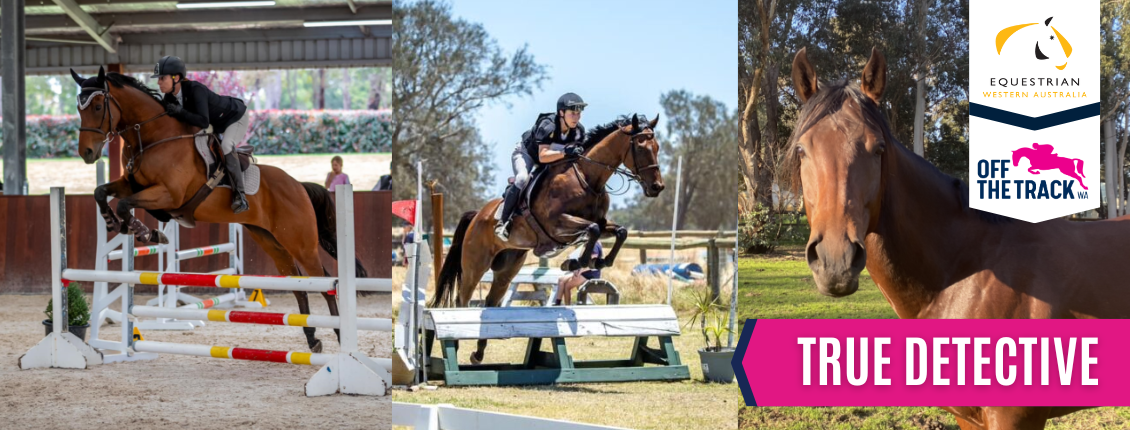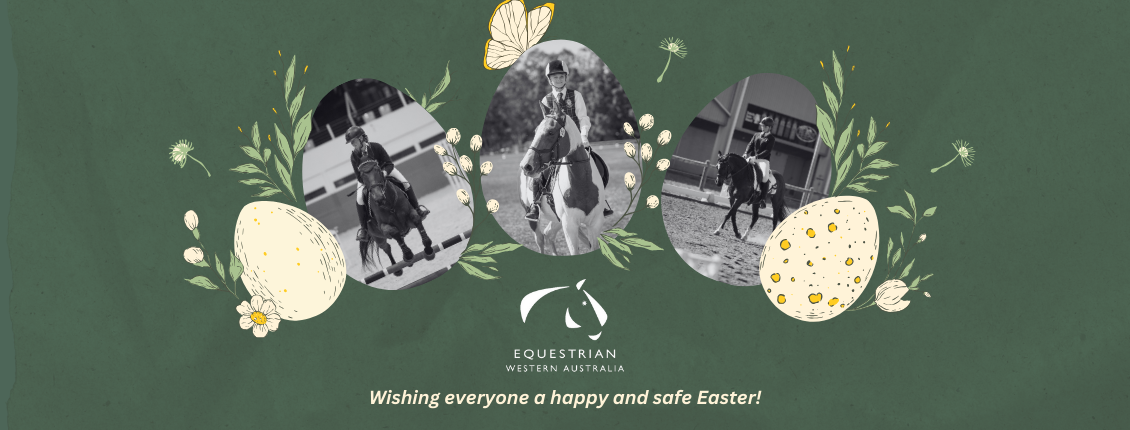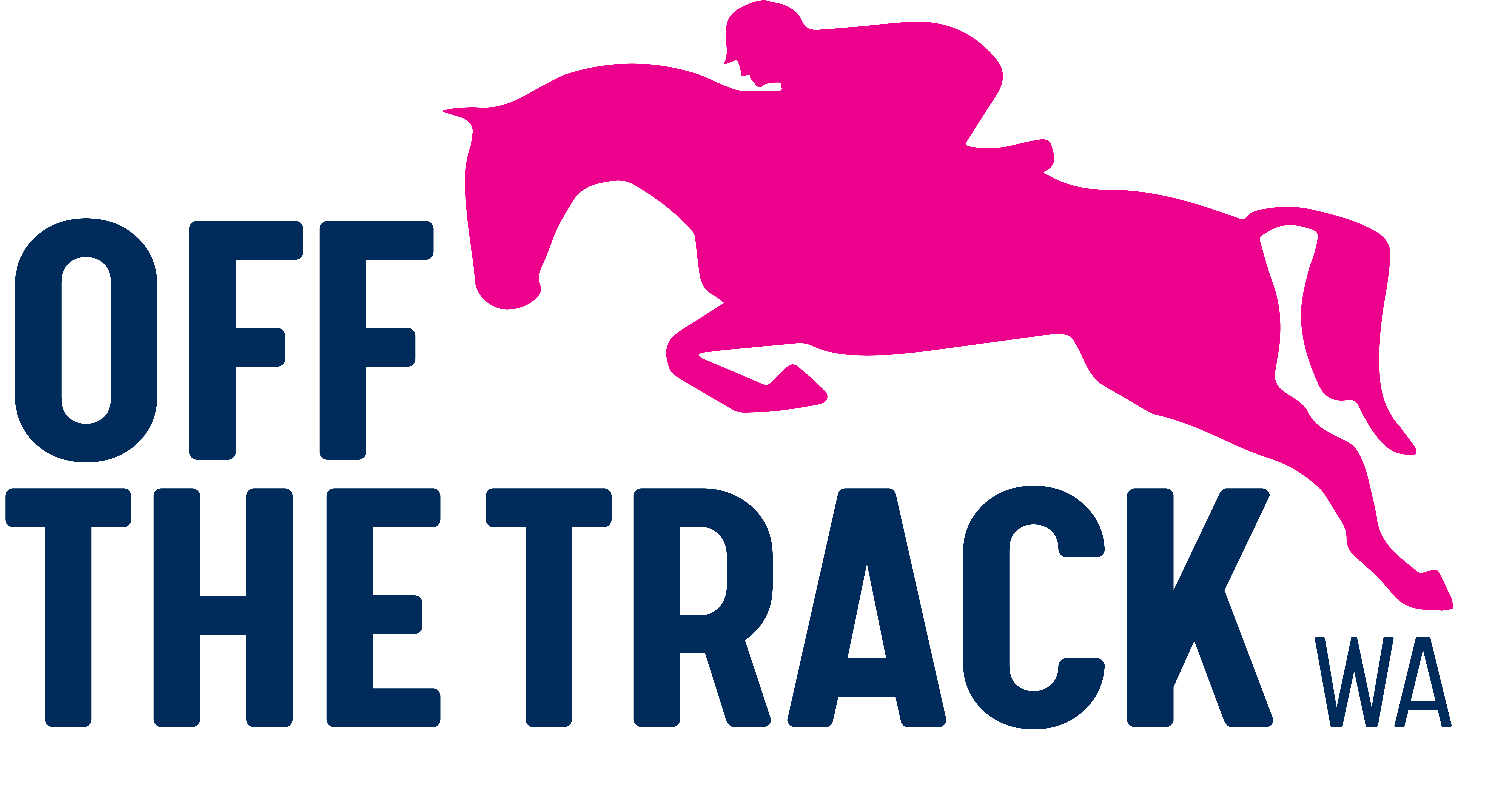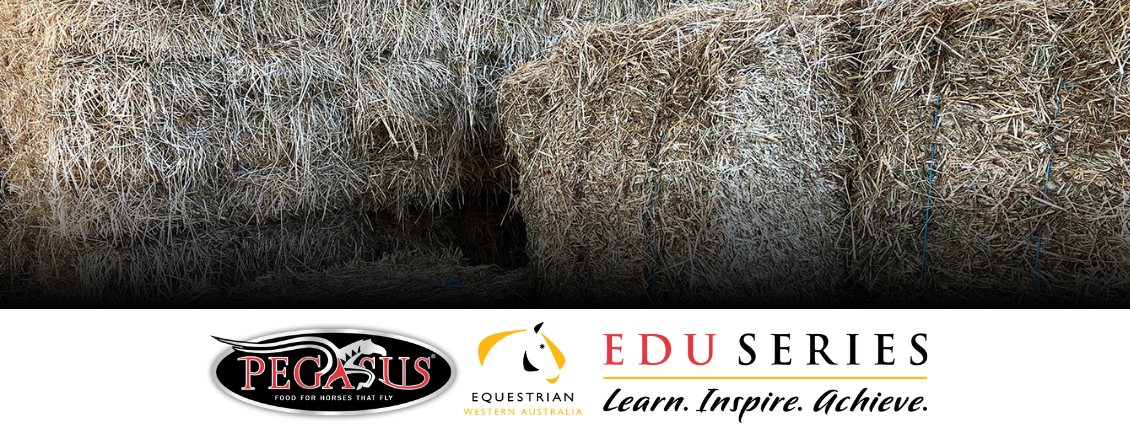
Pegasus Top Tips: Feeding Fibre When Hay is in Short Supply
Roughage, in the form of hay and pasture, forms the base of equine diets. We have discussed the importance of fibre, fibre digestion and different types of hay in previous articles. But what do we do when the long, dry spell we are experiencing limits pasture growth and hay is in short supply?
Here we look at some strategies for meeting fibre requirements:
As a general rule, horses require a minimum 1% of their bodyweight (BW) in dry matter roughage. The ideal range is 1.5-2% BW. Long-stem fibre, for example, hay and pasture, has multiple benefits, such as increased chewing time, increased saliva production, mimicking natural foraging behaviour and alleviating boredom. So, when pasture isn’t available, it is important to keep a portion of hay in the diet. In seasons such as this one, strategies like minimising wastage and blending hay sources are useful. Reducing hay to a minimum 1% BW and topping up with alternative fibre sources may also be warranted.
Minimising waste
Providing a hay roll in the paddock is a great idea, however, as we all know, horses tend to be wasteful, as the hay roll often makes a nice bedroom and toilet too! Making use of a hay cover or slow feeder hay roll net to protect the roll is a good idea. Alternatively, when hay supply is limited, the hay roll could be stored outside the paddock, and daily feed quantities thrown into the paddock over the day, to minimise waste.
Blending hay types
As supply becomes short, certain varieties of hay may be less available. If your horse is usually fed grass hay, which isn’t available, blending a higher NSC hay, such as oaten, with a low NSC variety, such as Rhodes, might be a viable option. Alternatively, soaking oaten hay will help to reduce sugar content, and adding some straw can assist with diets for horses suffering from metabolic disease, insulin dysregulation or laminitis.
Alternative fibre sources
To help provide necessary fibre in the diet, alternative sources will be a useful tool this season. A portion of hay in the diet can be substituted with chaff, fibre pellets, or beet pulp. If using this strategy, splitting the feeds into as many small meals as possible will assist with avoiding long periods of time without feed. Fibre pellets, such as AllFibre, are a great alternative fibre source. They can easily be added to the feed without unbalancing the current diet. Horses that normally maintain good body condition on roughage alone may need additional calories from a complete pelleted feed. High fibre feeds such as Pegasus Liberty and AllHorse are well suited to this purpose. They are designed to be used in conjunction with available roughage sources and can help balance lower quality fibre sources. The use of slow hay feeders can help reduce the rate of hay consumption, making what you are able to provide last longer.
When winter rains and pasture does finally arrive, consider strip grazing or rotational grazing strategies to allow pasture to become fully established before turning horses on to it to graze.
For more information or nutrition advice during times when hay is in short supply, contact our equine nutrition advisor, Michelle, on 0429 107 790 or request a diet analysis on our website https://www.pegasusfeed.com.au/our-story/ker-alliance/
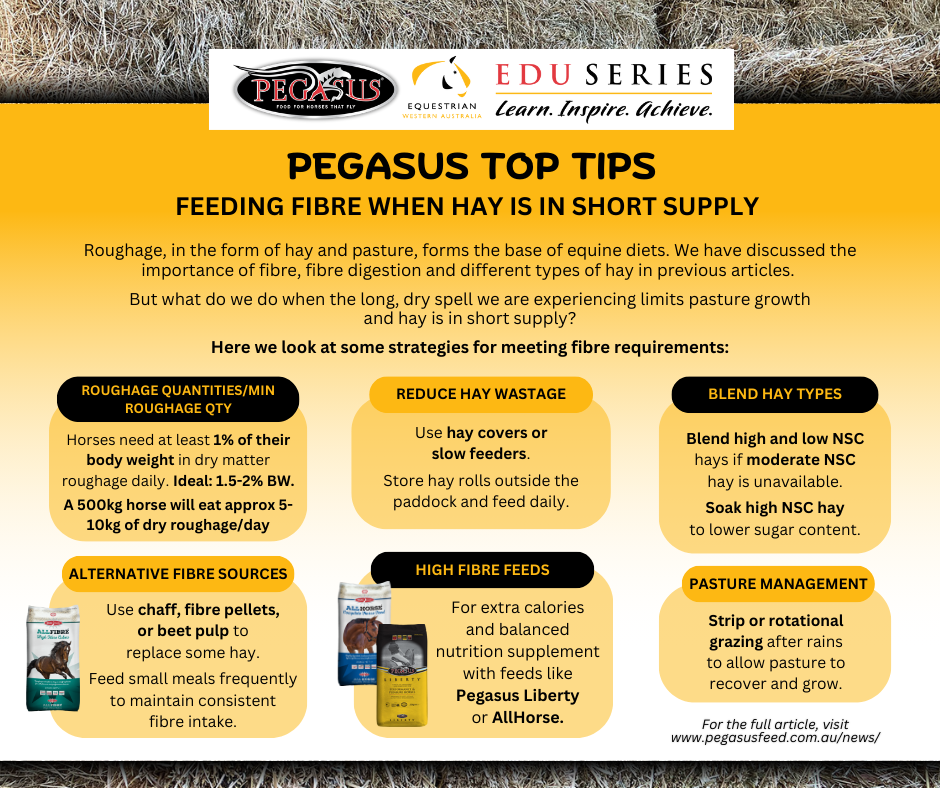
Download and share our Pegasus EduSeries image.
Article provided by Milne Feeds, June 2024

